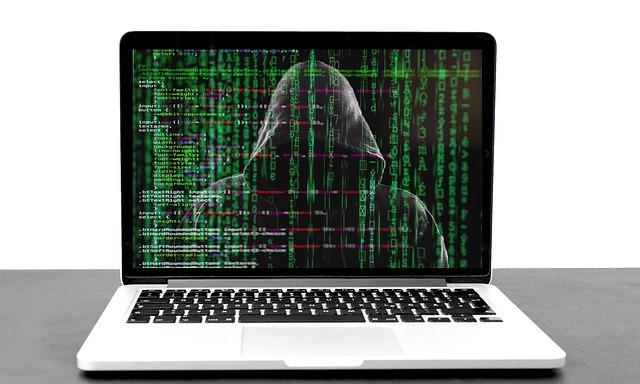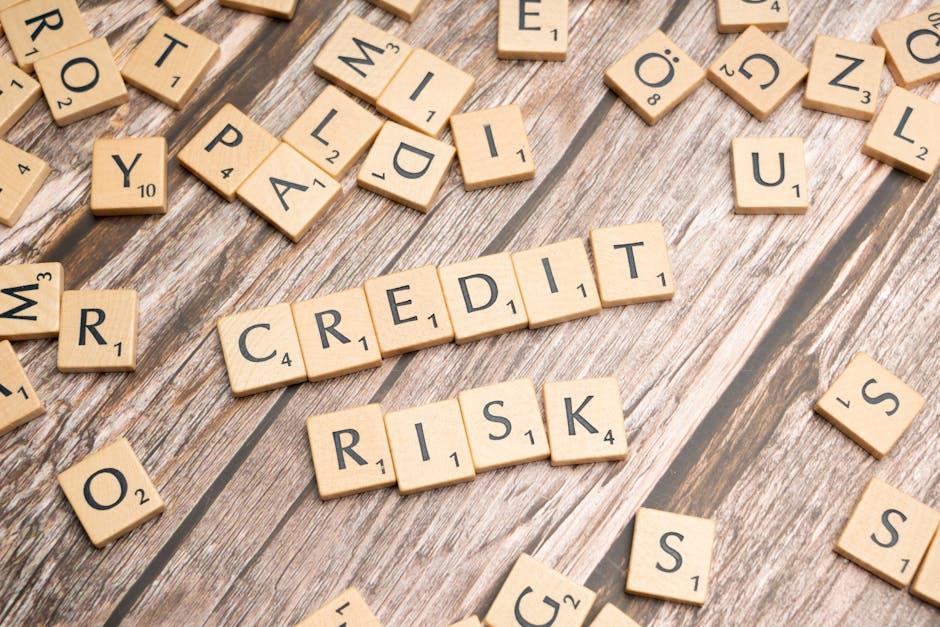In the intricate tapestry of modern business, where opportunities and challenges are woven together, the specter of fraud lurks as an ever-present threat. It strikes when least expected, unraveling trust and shaking the very foundations of an organization. As a business leader, your response to a fraud incident is not just a measure of damage control but a testament to your resilience and foresight. In this guide, we delve into the strategic art of responding to fraud, equipping you with the knowledge and tools to not only navigate the storm but to emerge stronger and more vigilant. Prepare to transform a potential crisis into an opportunity for growth and fortification, as we explore the essential steps to safeguard your enterprise against the shadows of deceit.
Identifying the Breach: Pinpointing the Source of Fraud
When faced with a fraud incident, one of the most critical steps is to accurately identify the breach and trace its origins. This process requires a meticulous approach, combining technology with human intuition. Start by examining your digital logs and transaction records for any unusual activity. Utilize advanced analytical tools to sift through vast amounts of data, highlighting anomalies that could indicate fraudulent behavior. These tools can help in narrowing down the timeline and pinpointing the exact moment the breach occurred.
Once potential sources are identified, conduct a thorough investigation by interviewing staff and reviewing security footage if applicable. It’s essential to consider both internal and external threats. Internal threats might involve employees with access to sensitive information, while external threats could be cybercriminals exploiting system vulnerabilities. Compile a list of possible suspects or scenarios:
- Unauthorized access to confidential data
- Suspicious third-party transactions
- Irregular patterns in user behavior
By systematically addressing these areas, you can effectively isolate the source of the fraud, ensuring a more targeted and efficient response. Remember, swift identification not only mitigates further damage but also aids in reinforcing your business’s security measures against future threats.

Strategic Response: Crafting an Immediate Action Plan
In the wake of a fraud incident, the ability to swiftly design an effective action plan is paramount. The first step is to assemble a response team comprising key personnel such as legal advisors, IT specialists, and senior management. This team will spearhead the investigation and ensure that all necessary actions are taken. Identify and secure any compromised systems or data to prevent further damage.
Next, conduct a thorough internal investigation to understand the scope and impact of the fraud. This involves gathering evidence, interviewing relevant employees, and reviewing financial records. Consider enlisting external experts if the situation demands specialized knowledge. Communicate transparently with stakeholders, providing updates on the measures being taken and any potential implications. Remember, a well-crafted immediate action plan not only mitigates damage but also fortifies your business against future threats.

Legal and Financial Safeguards: Navigating Compliance and Recovery
In the aftermath of a fraud incident, it’s crucial to implement robust legal and financial safeguards to protect your business and ensure compliance with regulatory standards. Begin by conducting a thorough internal investigation to understand the scope and impact of the fraud. Collaborate with legal experts to ensure that all actions taken are within the legal framework and that your response is aligned with current laws and regulations. This may involve reporting the incident to relevant authorities, which not only helps in compliance but also aids in the recovery process.
Financially, reassess your internal controls and risk management strategies. Consider the following steps to fortify your defenses:
- Enhance financial monitoring systems to detect unusual activities early.
- Review and update your insurance policies to cover potential fraud-related losses.
- Conduct regular audits to ensure ongoing compliance and identify vulnerabilities.
- Train employees on recognizing and reporting fraudulent activities.
By reinforcing these safeguards, you not only protect your business from future incidents but also demonstrate a commitment to integrity and accountability, fostering trust among stakeholders.

Strengthening Defenses: Building a Fraud-Resilient Future
In today’s rapidly evolving digital landscape, businesses must proactively fortify their defenses against the ever-present threat of fraud. A robust response strategy is crucial to mitigating damage and safeguarding your organization’s reputation. Start by establishing a dedicated fraud response team composed of cross-functional experts from IT, legal, and communications. This team should be empowered to act swiftly and decisively, ensuring a coordinated response to any incident.
- Conduct a thorough investigation: Utilize advanced analytics and forensic tools to trace the fraud’s origin and extent.
- Secure affected systems: Immediately isolate compromised systems to prevent further unauthorized access.
- Communicate transparently: Inform stakeholders, including customers and partners, about the incident and your response efforts.
- Review and update policies: Post-incident, evaluate your current fraud prevention measures and implement necessary improvements.
By taking these steps, businesses can not only address current threats but also lay the groundwork for a more resilient future, reducing the risk of future incidents and reinforcing trust with stakeholders.





